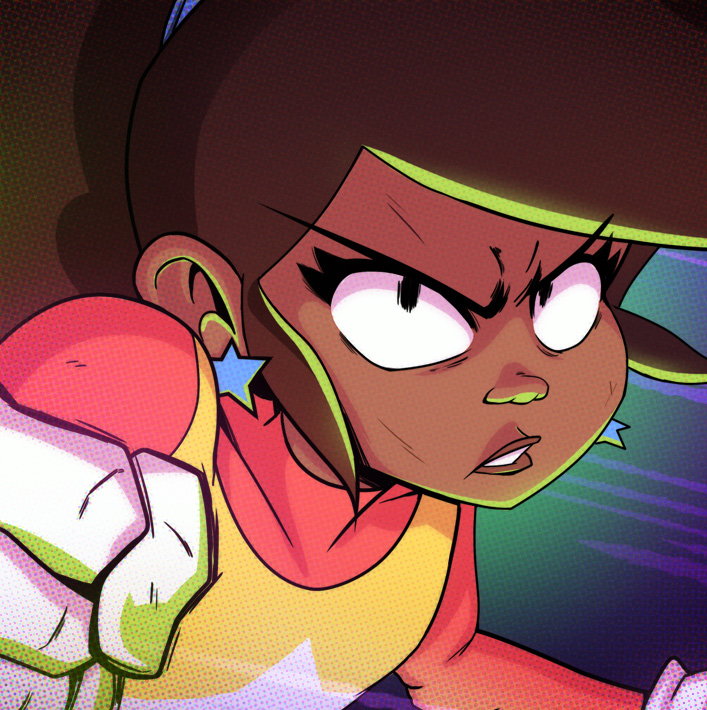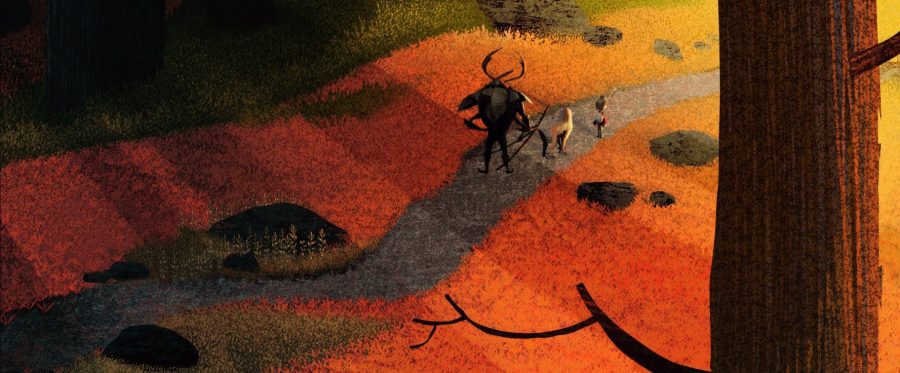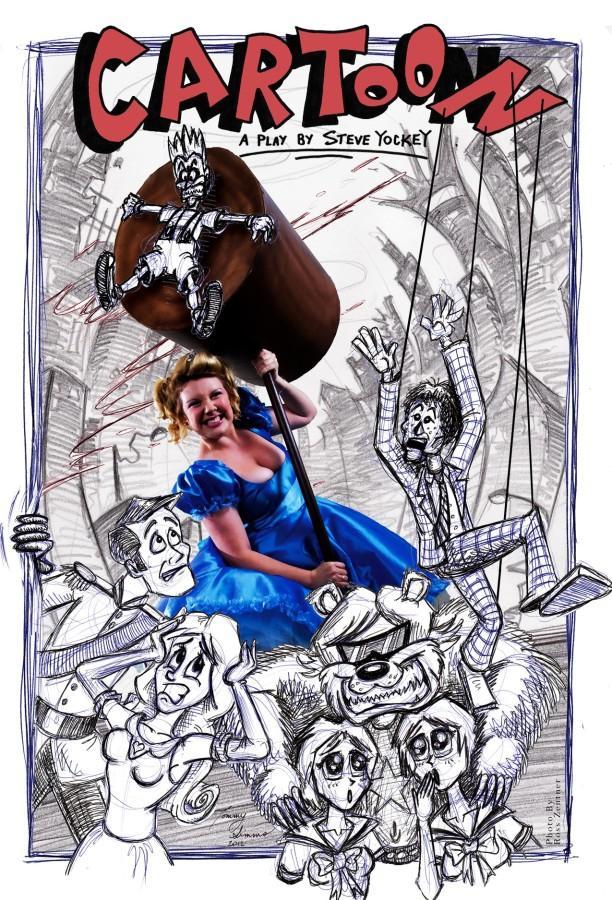In 1995, a little-known company called Pixar Studios challenged the animation giant Walt Disney Studios with a new technology as its weapon: computer animation.
When he was beginning in the industry, Marquette University alumnus Jim Murphy heard about the young company’s development of a new groundbreaking film, and like many other aspiring animators, submitted his portfolio and resume. By talent and a stroke of luck, the company offered Murphy a position working on the film.
But, the offer was only for the six-month run of production. Murphy just moved to Washington for another art job with Sierra On-Line, drawing for a video game called “Torin’s Passage.” Moving his wife and kids out to California knowing he had no job lined up six months from then was simply not an option.
In November of 1995, Pixar’s “Toy Story” came out making history as the first entirely computer-animated feature film. It was received extremely well launching a successful series and franchise.
The success of the revolutionary movie he turned down, brought a flood of regret.
“‘Toy Story’ came out and devastated me. I just thought I blew it. I had the opportunity to work on ‘Toy Story’ and I didn’t,” he recounts.
When Murphy got another chance to work with Pixar, he knew better than to turn down the job again. He seized the opportunity, starting with “A Bug’s Life,” and swiftly worked his way up the company ladder. Murphy stayed at Pixar for not just one project, but 14 different features and short films.
Despite his impressive career, Murphy did not always pursue art.
From 1982 to 1986, Murphy studied journalism at Marquette. Though he was drawn to art, Murphy’s parents did not see it as a secure career path. Still, he continued to develop an interest in hand-drawn animation.
When Murphy graduated from Marquette, his first step into the drawing world began with becoming an art director for Jockey, a clothing store for men and women based out of Kenosha, Wisconsin.
Drawing on his own time eventually led him to freelancing in Chicago, helping create Little Caesar’s mascot with the famous catchphrase “Pizza, Pizza.” Eventually he landed a job at Pixar Studios in Emeryville, California.
Through his long, winding course to finding success, Murphy learned that it is not that unusual to work through some mundane jobs before landing your dream career.
“You’re going to do a lot of things in your life and career that you don’t like in order to find and pursue what you do like,” Murphy says.
This motto is the driving force for Murphy in his life and career today.
Having entered the animation world in the ’90s, Murphy experienced immense transformation of technology over the years. Before the digitalization of animated films, cel animation, the process of making an animated feature film involved time-consuming hand-drawings of each frame in different cels on paper, dominated the industry. With the invention of computer animation, the industry shifted toward the quicker, more developed process of 3D modeling. Thus, “Snow White and the Seven Dwarves” has a vastly different style than “Zootopia.”
Early experimenting in computer animation showed that the technology worked best in designing hard edges and making things appear mechanical or plastic. This early technology “… lended itself really well to toys, so that’s why ‘Toy Story’ was a really great thing,” Murphy explains.
As the years went on, the studio further developed its technology, going from toys to bugs and, eventually, to humans.
“The computer has opened up whole new possibilities for new worlds to explore,” Murphy says. “Technology and art kind of inspire each other to take you to new places.”
Murphy still finds himself thinking about the days of 2D animation whenever he is storyboarding for new projects. He loves filling in the cel by hand, but still appreciates “the balance of both.”
And while, animation has so drastically changed over the year, at its core, animation is simply bringing characters to life.
Murphy’s involvement in Pixar carries across a vast range of areas. Murphy’s role in “A Bug’s Life” led animated short “For the Birds” director, Ralph Eggleston, to appoint Murphy supervising animator of the project.
In addition to being an animator in a multitude of Pixar’s most popular projects, Murphy was a writer for the popular short “Lava,” as well as writer and director of the 2017 short film “Miss Fritter’s Racing Skoool,” a short film inspired by “Cars 3.”
Murphy recalls going to 4D showings of animated shorts he worked on at Disney’s theme park, California Adventure. Murphy is proud and happy when he sees his work on screen and witness audiences’ enjoyment, he says.
Today, he works at Pixar, developing trailers for upcoming films. While Murphy cannot disclose information on current projects due to Pixar’s highly secretive policies, he says he is currently working on a promotional video for 2019’s upcoming “Toy Story 4.”
With improved technology constantly being adapted, new opportunities create endless possibilities for the future of animation. More and more companies are given the opportunity to make films.
For students looking for any job in the creative industry, Murphy’s career stands as an inspiration, and his inspiration for students is to keep searching for what it is you want to do.
From a Marquette journalism student, to a hopeful artist disappointed in turning down an opportunity, to building a dream career off a second chance, Murphy’s path to success has been anything but conventional.
“You may not even know it exists, so say yes to opportunities, and if you don’t like certain parts of it, then find things you do like,” Murphy says. “And see where it leads you.”





